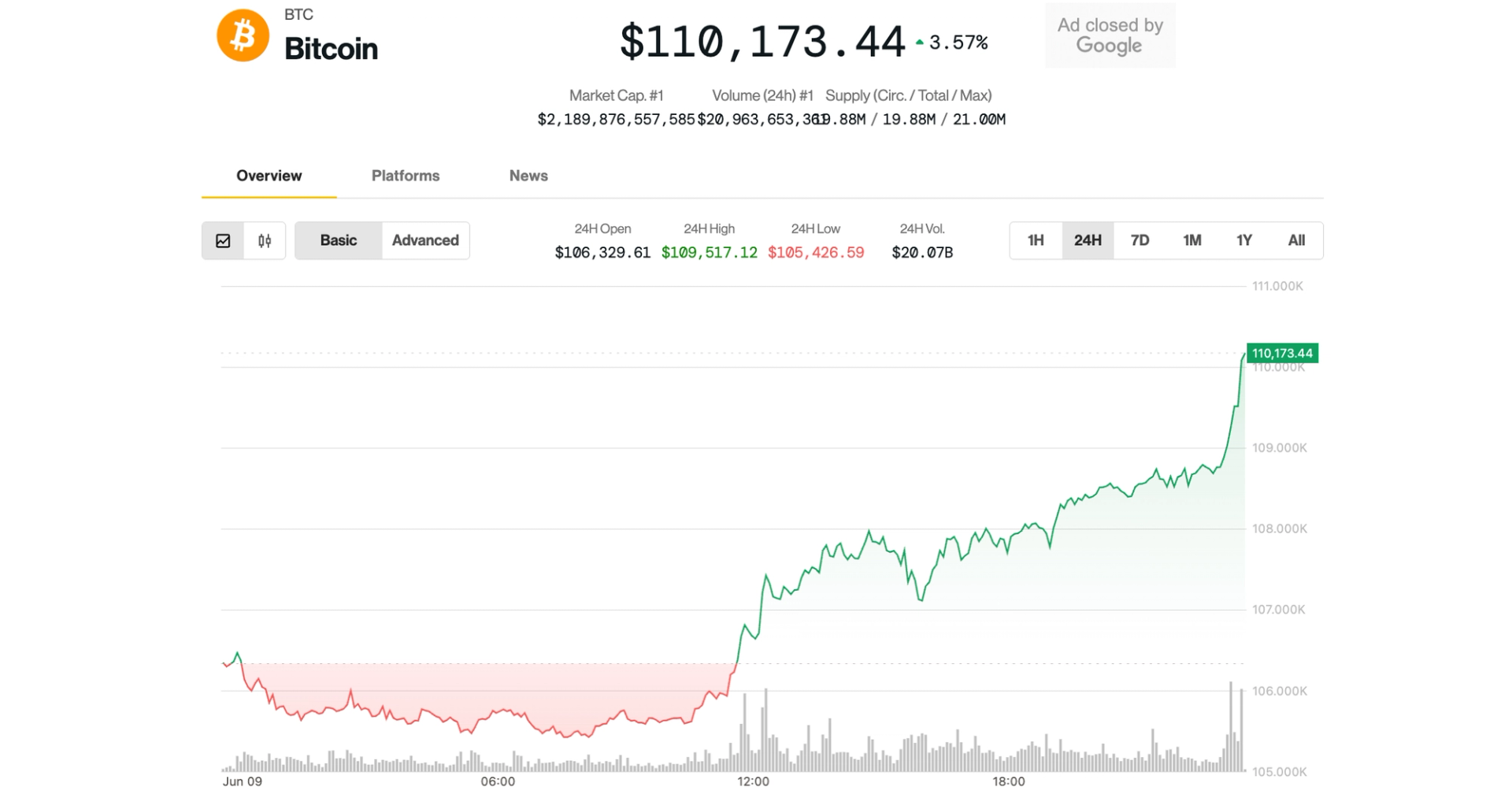
Diabetics — or others monitoring their sugar intake — may look at a cookie and wonder, “How will eating this affect my glucose levels?” A generative AI model can now predict the answer.
Researchers from the Weizmann Institute of Science, Tel Aviv-based startup Pheno.AI and NVIDIA led the development of GluFormer, an AI model that can predict an individual’s future glucose levels and other health metrics based on past glucose monitoring data.
Data from continuous glucose monitoring could help more quickly diagnose patients with prediabetes or diabetes, according to Harvard Health Publishing and NYU Langone Health. GluFormer’s AI capabilities can further enhance the value of this data, helping clinicians and patients spot anomalies, predict clinical trial outcomes and forecast health outcomes up to four years in advance.
The researchers showed that, after adding dietary intake data into the model, GluFormer can also predict how a person’s glucose levels will respond to specific foods and dietary changes, enabling precision nutrition.
Accurate predictions of glucose levels for those at high risk of developing diabetes could enable doctors and patients to adopt preventative care strategies sooner, improving patient outcomes and reducing the economic impact of diabetes, which could reach $2.5 trillion globally by 2030.
AI tools like GluFormer have the potential to help the hundreds of millions of adults with diabetes. The condition currently affects around 10% of the world’s adults — a figure that could potentially double by 2050 to impact over 1.3 billion people. It’s one of the 10 leading causes of death globally, with side effects including kidney damage, vision loss and heart problems.
GluFormer is a transformer model, a kind of neural network architecture that tracks relationships in sequential data. It’s the same architecture as OpenAI’s GPT models — in this case generating glucose levels instead of text.
“Medical data, and continuous glucose monitoring in particular, can be viewed as sequences of diagnostic tests that trace biological processes throughout life,” said Gal Chechik, senior director of AI research at NVIDIA. “We found that the transformer architecture, developed for long text sequences, can take a sequence of medical tests and predict the results of the next test. In doing so, it learns something about how the diagnostic measurements develop over time.”
The model was trained on 14 days of glucose monitoring data from over 10,000 non-diabetic study participants, with data collected every 15 minutes through a wearable monitoring device. The data was collected as part of the Human Phenotype Project, an initiative by Pheno.AI, a startup that aims to improve human health through data collection and analysis.
“Two important factors converged at the same time to enable this research: the maturing of generative AI technology powered by NVIDIA and the collection of large-scale health data by the Weizmann Institute,” said the paper’s lead author, Guy Lutsker, an NVIDIA researcher and Ph.D. student at the Weizmann Institute of Science. “It put us in the unique position to extract interesting medical insights from the data.”
The research team validated GluFormer across 15 other datasets and found it generalizes well to predict health outcomes for other groups, including those with prediabetes, type 1 and type 2 diabetes, gestational diabetes and obesity.
They used a cluster of NVIDIA Tensor Core GPUs to accelerate model training and inference.
Beyond glucose levels, GluFormer can predict medical values including visceral adipose tissue, a measure of the amount of body fat around organs like the liver and pancreas; systolic blood pressure, which is associated with diabetes risk; and apnea-hypopnea index, a measurement for sleep apnea, which is linked to type 2 diabetes.
Read the GluFormer research paper on Arxiv.






